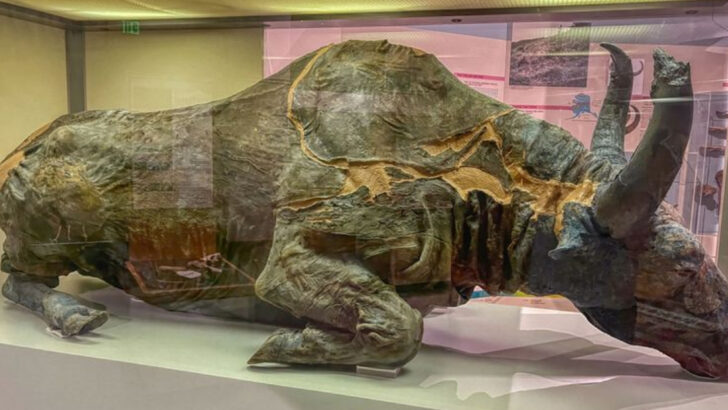It looked like it had just laid down for a nap—and never got back up.
When scientists uncovered the Ice Age bison buried in Siberian permafrost, jaws didn’t just drop—they hit the floor. Perfectly preserved, fur and all, this ancient beast had been sleeping in ice for over 8,000 years.
Its muscles were intact. Its organs were intact. Even its brain was still sitting neatly in its skull. For a creature that roamed with mammoths and saber-toothed cats, this was no ordinary fossil—it was a time machine wrapped in fur.
What did it eat? How did it die? And why does it look like it could still charge if the ice melted? Step into the chill and meet the bison that refused to decay.
The Well-Preserved Specimen

Imagine stumbling upon a creature frozen in time, its features intact as if it had just taken a nap thousands of years ago. This Ice Age bison was discovered in remarkable condition, with its skin, fur, and even some internal organs perfectly preserved.
Such preservation is a rarity, offering a tangible link to an era long past. Scientists are thrilled, for this specimen provides an unprecedented opportunity to study the anatomy and DNA of a creature from the Pleistocene epoch.
The bison’s discovery has sparked excitement and curiosity, drawing attention from researchers worldwide.
Unveiling Ancient Habitats
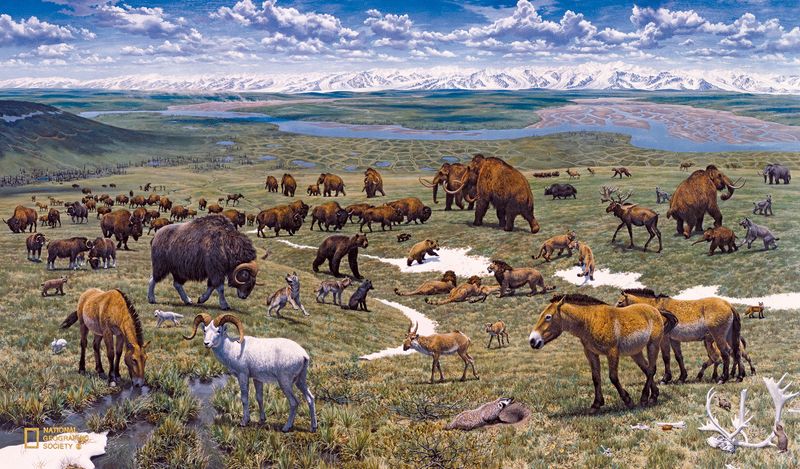
This incredible discovery goes beyond just a single bison. It offers insights into the habitats and ecosystems of the Ice Age. The surrounding environment, preserved with the specimen, provides clues about the flora and fauna that existed around 10,000 years ago.
These details help paint a broader picture of the climate and conditions in which these bison thrived. By studying pollen samples and other environmental indicators, researchers can reconstruct the landscape of that time.
Understanding these ancient ecosystems contributes significantly to our knowledge of Earth’s climatic history.
The Science of Preservation

What makes the preservation of this bison so exceptional? The answer lies in the cold, stable conditions of the permafrost, which acted like a natural freezer. These conditions halted the decomposition process, keeping the specimen intact for millennia.
Researchers are amazed at the level of detail preserved, allowing for advanced studies into the creature’s diet, health, and genetics. Through cutting-edge technology, scientists can extract DNA and other crucial data, offering insights that were previously unimaginable.
This bison opens doors to new scientific possibilities and enriches our understanding of ancient life.
A Glimpse into the Pleistocene Era
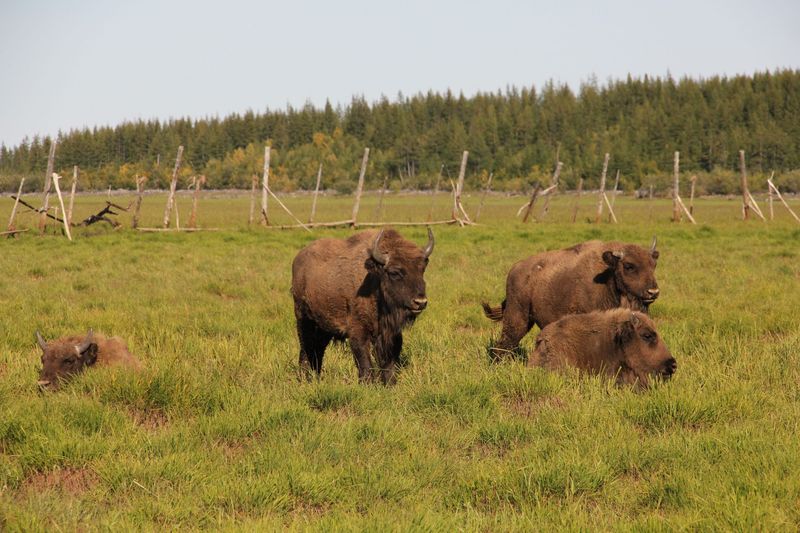
The Pleistocene era was a time of giants and great environmental change. This bison serves as a window into that world, where massive creatures like mammoths roamed alongside early humans.
The era was characterized by a series of ice ages, shaping the evolution and survival strategies of many species. The bison’s adaptation to this harsh climate is evident in its robust build and thick fur.
Exploring this timeline through the lens of a single creature reveals the dynamic interplay between climate, geography, and life on Earth during this fascinating period.
The Role of Bison in Ice Age Culture
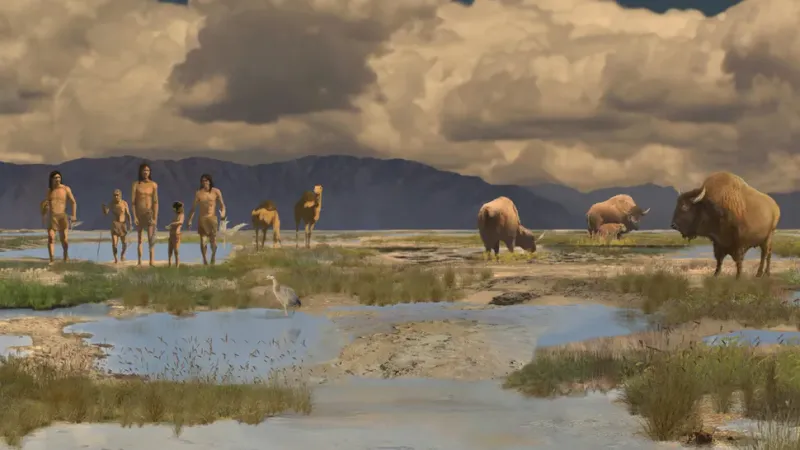
Bison were more than just part of the landscape; they were integral to the lives of Ice Age humans. Evidence from cave paintings and archaeological sites suggests that bison were hunted for food, clothing, and tools.
These majestic creatures held cultural significance, often depicted in ancient art. Studying these connections helps anthropologists understand the relationship between humans and their environment.
This bison discovery provides a tangible connection to our ancestors, offering clues about their daily lives, survival tactics, and cultural practices during the Ice Age.
Technological Advancements in Archaeology
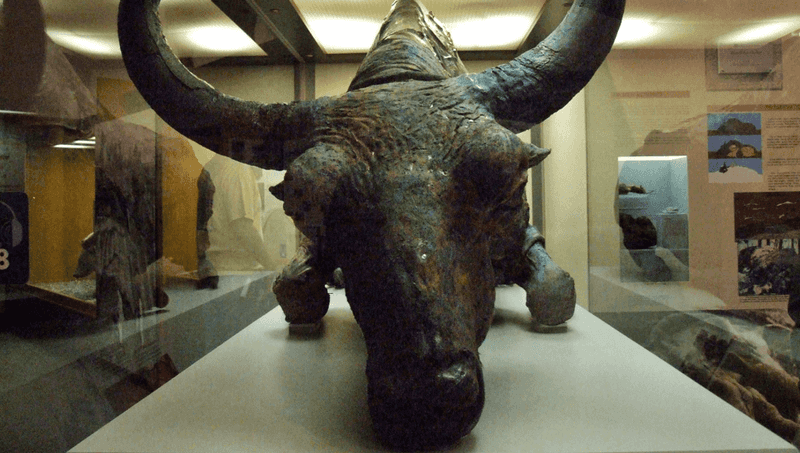
The discovery of this bison highlights the leaps in technology that have revolutionized archaeology. Innovations such as 3D scanning, genetic analysis, and isotopic dating have enabled a deeper understanding of ancient species.
These tools permit researchers to conduct non-invasive studies, preserving the integrity of the specimen while extracting valuable information. The integration of technology in archaeology allows for more accurate reconstructions of historical events and lifestyles.
This approach not only accelerates discoveries but also ensures that invaluable artifacts remain intact for future generations to study and appreciate.
Public Fascination and Educational Impact
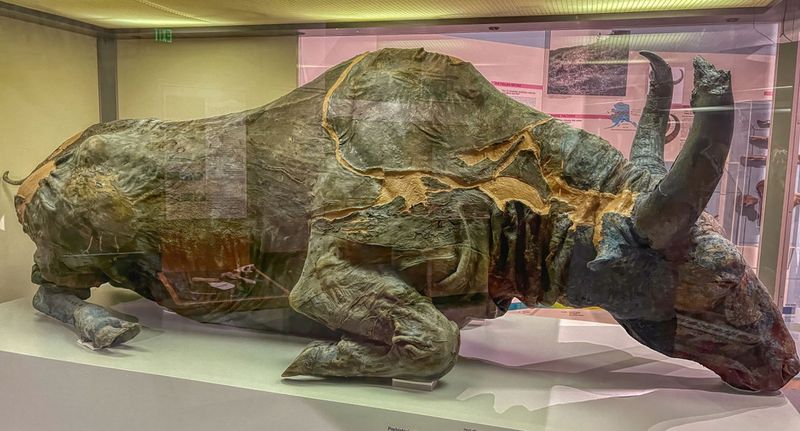
The public’s fascination with the Ice Age bison has turned this discovery into an educational phenomenon. Museums worldwide are eager to display replicas and host interactive exhibits, drawing crowds eager to learn about prehistoric life.
Educational institutions use this discovery to inspire curiosity and interest in paleontology and archaeology. Such engagement ensures that the legacy of these ancient creatures is preserved in the collective consciousness.
By bridging the gap between past and present, this bison not only enriches scientific knowledge but also captivates the imaginations of people of all ages.

